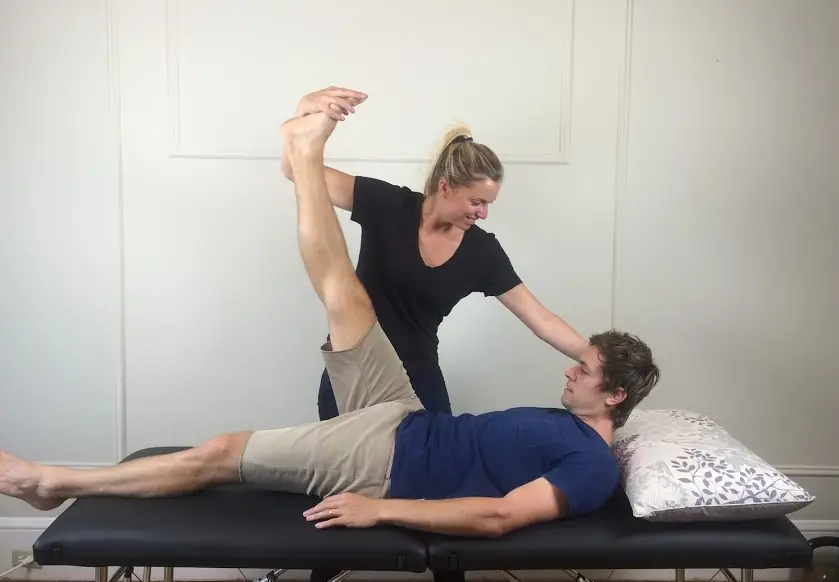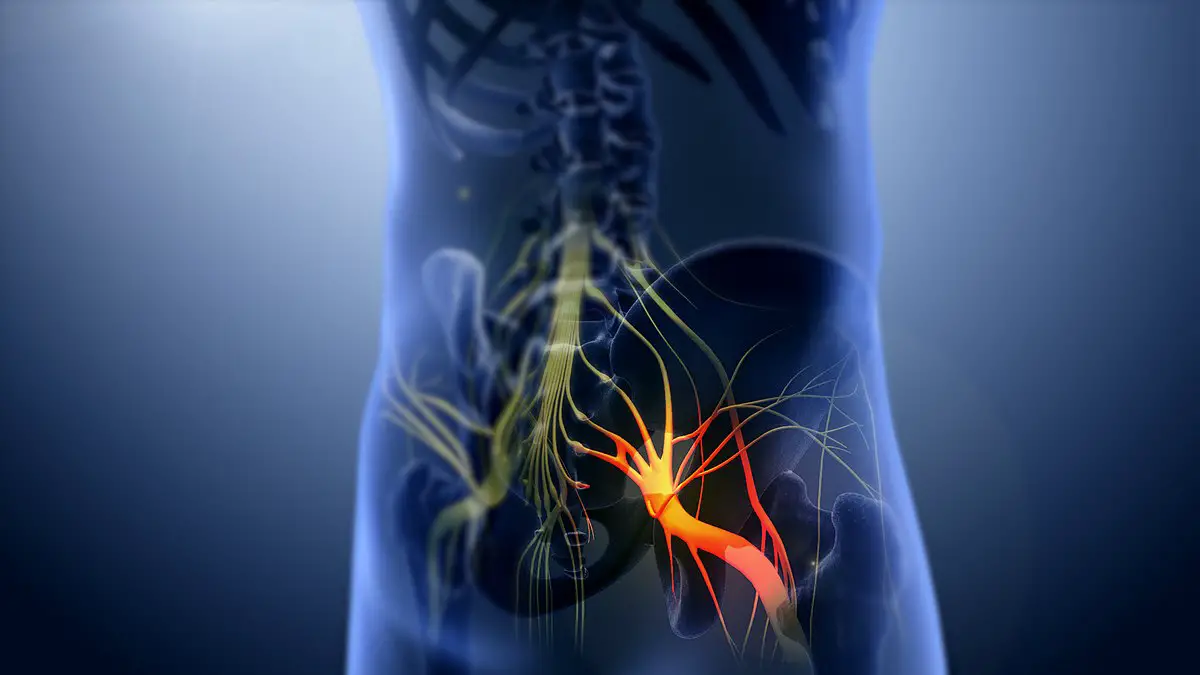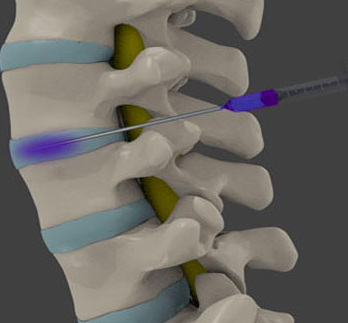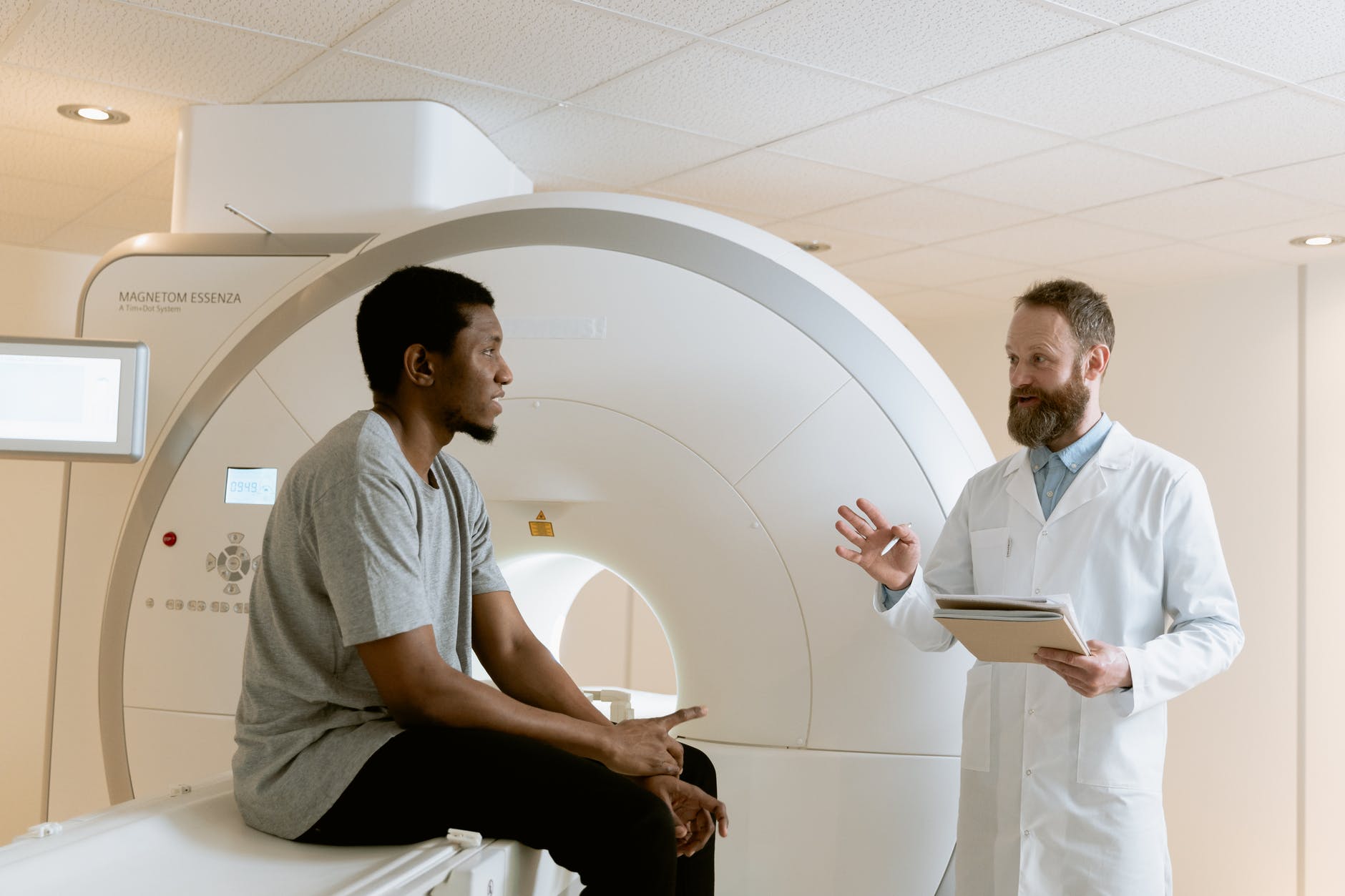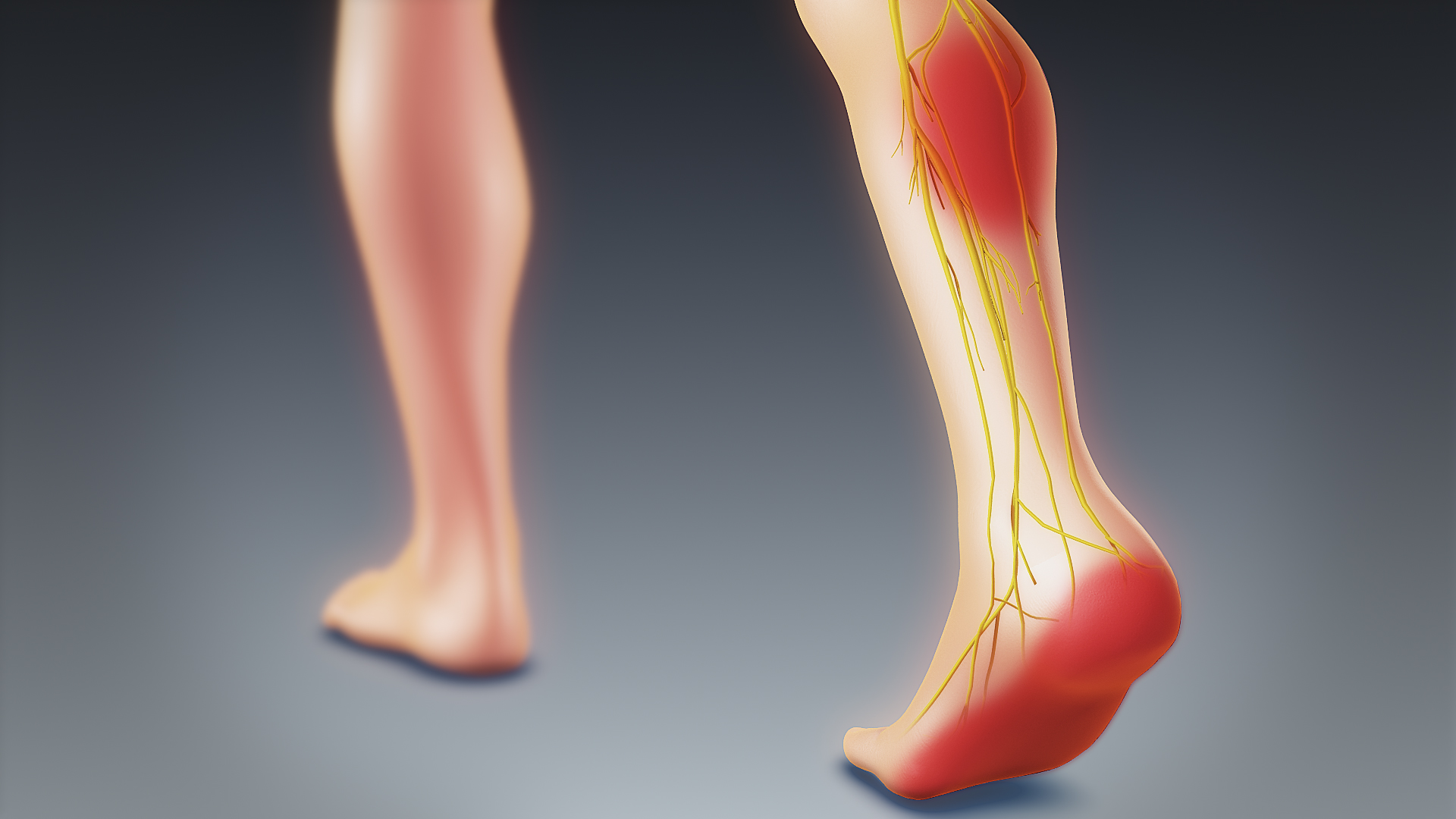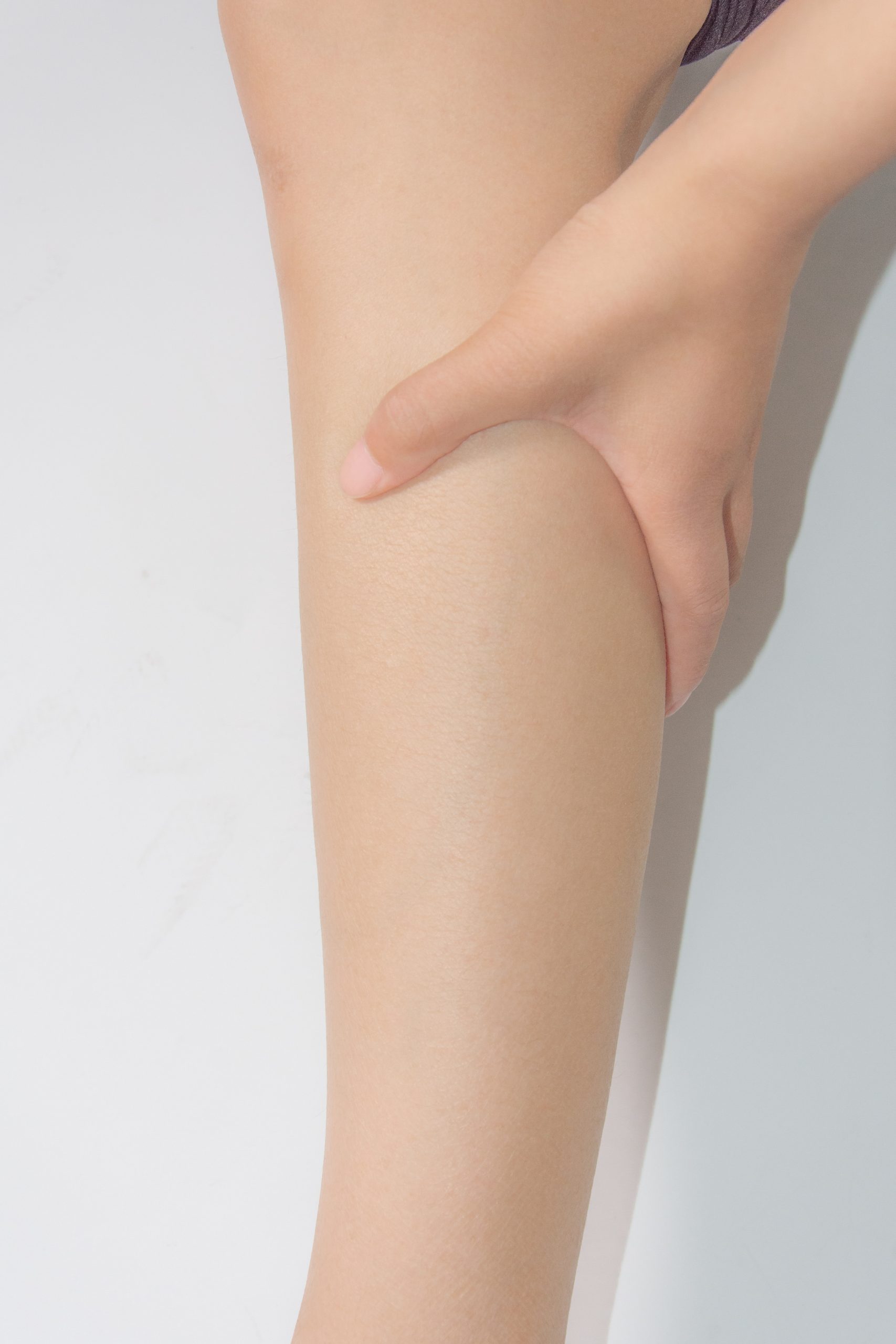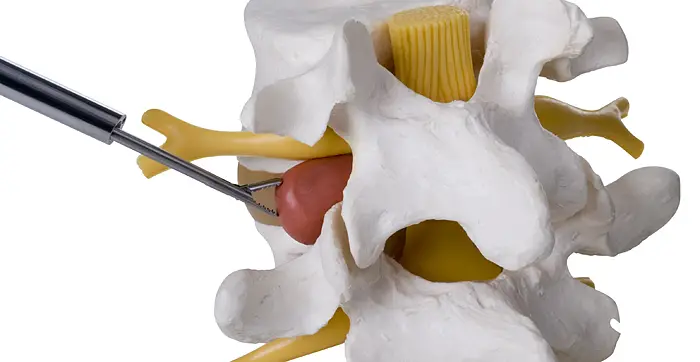Article reviewed and approved by Dr. Ibtissama Boukas, physician specializing in family medicine
The Lasègue sign is considered an important test in the clinical diagnosis of herniated disc and sciatica. We will see in this article how to perform it, and how to interpret its results according to the patient's response.
Definition
Lasègue's sign is revealed by a neurodynamic evaluation test commonly used when lumbar disc pathology, sciatica or other nerve root irritation (disco-radicular impingement). The maneuver or Lasegue test, first described by Ernest-Charles Lasègue in 1864, is also known as the straight leg raise test (EJT) or "Straight Leg Raise" (SLR) in English.
This test imposes voltage constraints on the sciatic nerve and traction to the lumbosacral nerve roots (mainly from L4 to S2). A positive Lasègue sign indicates pain appearing in the lumbar region or the lower limb when it is lifted from the ground in a stretched position.
Technical
The Lasègue maneuver is a passive test, which means that the patient makes no voluntary effort during the evaluation. Each leg is tested individually, with the unaffected leg being tested first for comparative measurements.
When carrying out the test, the patient is positioned in the supine position (on the back), without a pillow under the head. The clinician then grabs the patient's heel and lifts their leg up (hip flexion) making sure to keep the knee fully extended. The leg is then raised until the patient complains of pain similar to that of which he usually complains.
If the patient only feels tension in the hamstring or calf (especially if the sensation is similar on both sides), then the Lasègue sign is said to be negative.
To put more tension on the sciatic nerve, the nerve roots, and the dura mater, we can add additional components such as:
- neck flexion
- Dorsiflexion of the ankle
- Extension of the hallux (big toe)
- Horizontal hip adduction
Performance
A positive Lasègue sign can manifest as follows:
- Reproduced neurological pain in the leg and lower back between 30 and 70 degrees of hip flexion suggests possible herniated disc lumbar at the level of the L4 and S1 nerve roots.
- Pain within 30 degrees of hip flexion may be a sign of a spondylolisthesis acute, a buttock abscess, a disc extrusion, a tumor in the buttock, or even a patient who simulates an illness.
- Pain over 70 degrees of hip flexion may indicate strain in the hamstrings, gluteus maximus, or hip capsule, or hip or joint pathology sacroiliac. (negative Lasègue sign)

